Triumphs and Tragedies of Ninth Delhi
In this insightful book, Jagmohan recounts the moments of triumphs and tragedies which he came across during his long and eventful date with Delhi’s development, from Jawaharlal Nehru’s time till date. His narration and analysis of these moments in the context of larger forces that have remained embedded in the post 1947 India, bring under sharp focus a number of fundamental questions that need in-depth consideration of national leadership of all hue and colour: Why did Nehru, despite his grand vision of a beautiful and balanced growth of Delhi, extend only a weak implementational hand, when it came to actualizing that vision on the ground?
How was it that while most of her senior party leaders of Delhi lambasted the author and his colleagues for launching a drive to implement some of the clearance-redevelopment projects, Ms. Indira Gandhi experienced a sense of thrill and pride, when the results of that drive surfaced on the ground and enhanced the image of the Republic and its capital, especially in early 1980s, the years of hosting ASIAD, NAM, CHOGAM?
Why were the few remnants of Gandhian Truth, which were seen in Prime Minister Morarji Desai’s stand regarding Master Plan schemes, butchered by his Home Ministry bureaucratic caucus and the Shah Commission?
How was it that when, in accordance with pre-emergency decision of the Central Government and unanimous resolution of the Delhi Municipal Corporation, the government owned slums of Turkman Gate were cleared it was given a communal colour and subjected to the most diabolical campaign of calumny known to contemporary Indian history?
What led Prime-Minister A.B. Vajpayee, a nobility-oriented statesman to act against his own beliefs and change author’s portfolio of urban development?
Why did Mrs. Sonia Gandhi-Shiela Dikshit regime think that its principal plank for winning Delhi State Assembly Elections and Lok Sabha Elections should be a large reward to those who had ravaged, with impunity, the landscape of Delhi in form of thousands of anauthorized colonies? And why could not rival political parties think of any plan other than competitive negativity?
How is it that we the people hardly ask ourselves: in what type of Delhi to we want to live, and what type of legacy do we wish to bequeath to posterity and to our children and grand children? Do we want our city to become junk-yard of unauthorized constructions mirroring civic and moral chaos?
Was inaction on the part of the Election Commission to check the existence of an unhealthy clientistic relationship between the land-grabber/illegal builder/voters and those seeking their votes justifiable?.
Get it now and save 10%
BECOME A MEMBER

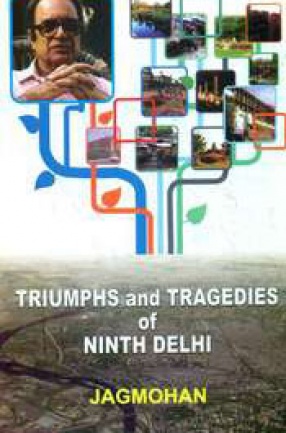
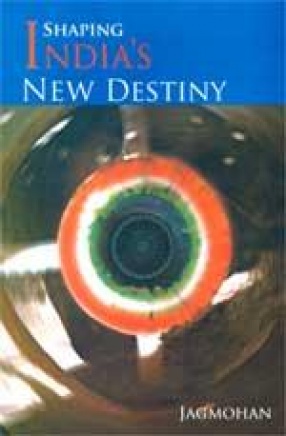
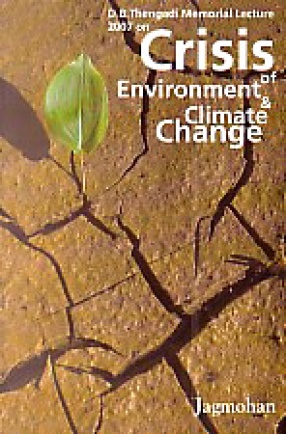
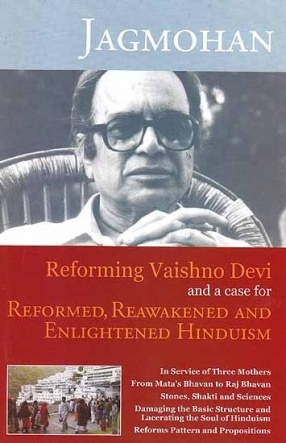
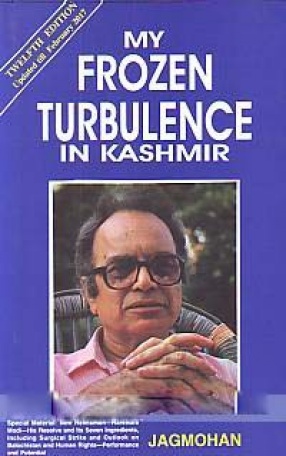
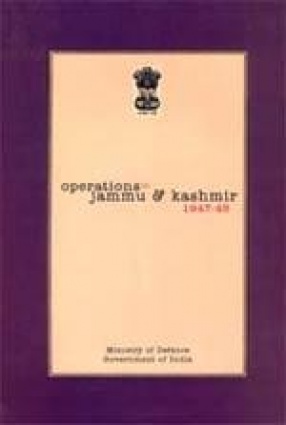
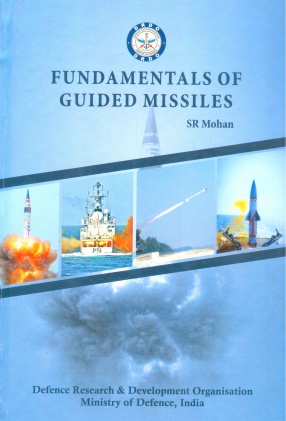
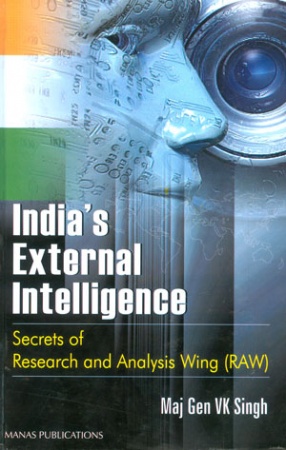
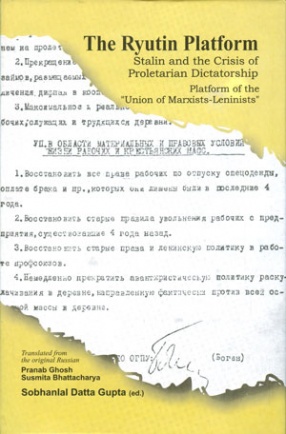

Bibliographic information